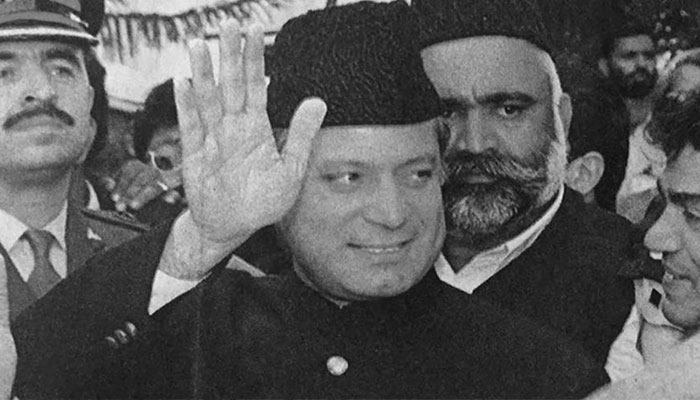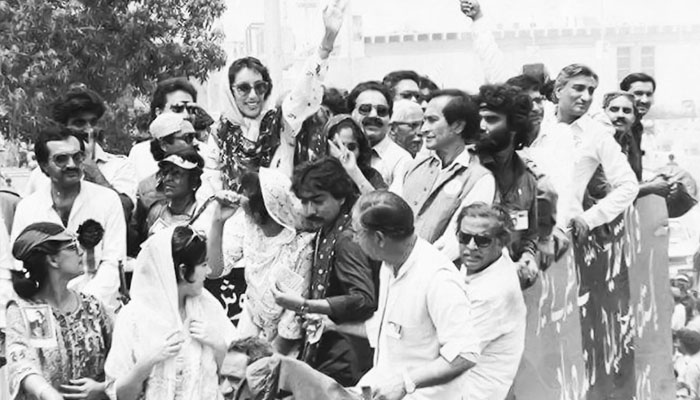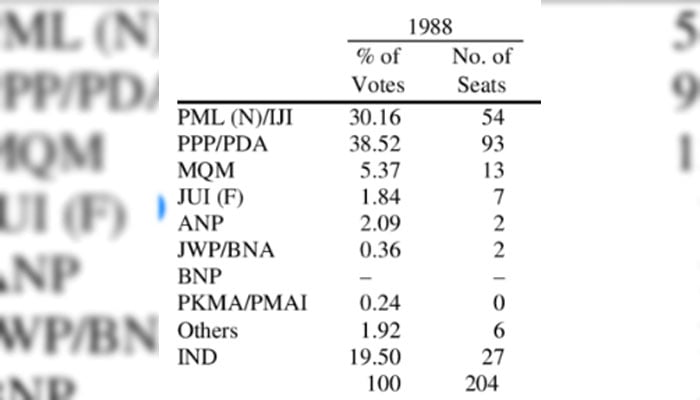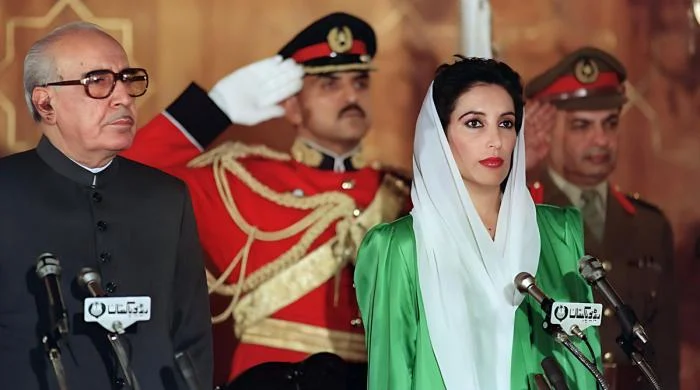November 1988 saw the fourth general elections in Pakistan, which was called in the wake of the death of General Zia-ul-Haq, the brutal dictator.
These elections saw Mohtarma Benazir Bhutto ascend to power and become the first female prime minister of a nation with a majority of Muslims, marking a political turning point in both Pakistani and global history.
On August 17, 1988, President Zia-ul-Haq’s plane crashed close to Bahawalpur, killing him along with US Ambassador Arnold Raphel and Brigadier General Herbert M. Wassom, who was in charge of the US military mission in Pakistan. But prior to his death, national Zia had declared national elections.
These elections were scheduled to be held on July 20, 1988, but were later held on November 16, 1988. Gen Zia held non-party-based elections in 1985, which were boycotted by the Pakistan Peoples Party (PPP) led Movement for Restoration of Democracy (MRD). It was in the 1985 polls that Nawaz Sharif rose to power and became Punjab’s chief minister for the first time.

The competition in the 1988 election was between the PPP and Islami Jamhori Ittehad (IJI). The PPP was led by Benazir Bhutto, who had returned to Pakistan after ending her exile on April 10, 1986.

The IJI was a coalition of right-wing parties, which included the Pakistan Muslim League, National Peoples Party, Jamaat-e-Islami, and other parties.
On November 16, 1988, elections were held on 207 of the 237 national assembly seats. The PPP won 94 seats and after the joining of independent candidates, it had the backing of 115 members, enough to form the central government. IJI could secure only 56 seats.

In Sindh, the PPP won the majority, in Punjab and KP IJI succeeded, while JUI (Jamiat Ulema-e-Islam) gained the majority in Balochistan.
On December 2, 1988, Benazir Bhutto took oath as prime minister of the country. But the PPP’s government could only last 19 months. On August 6, 1990, then-president Ghulam Ishaq Khan dissolved the assemblies under Article 58 2(B) of the constitution.







